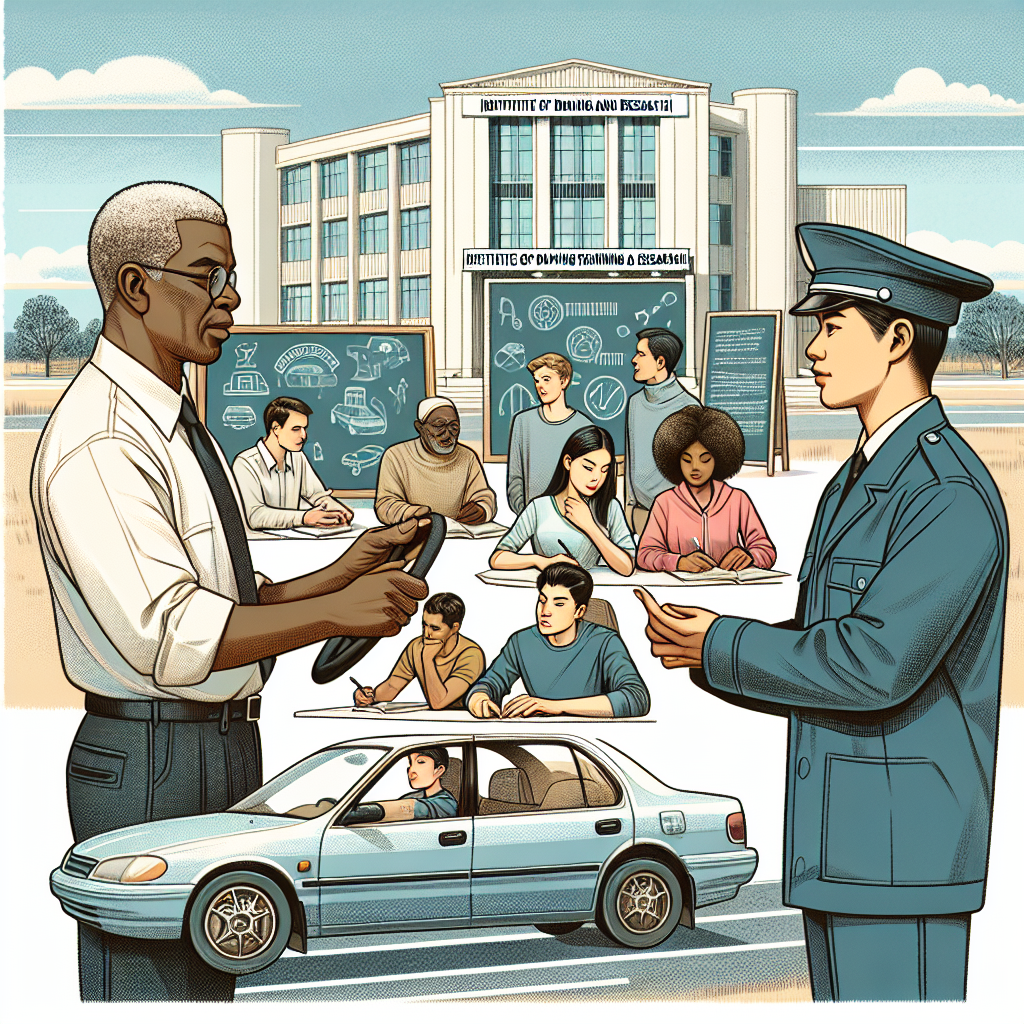Driver Licence Test Wait Times Drop Sharply as Govt Reforms Take Hold
“National average wait times are now just four days for a full licence test and seven days for a restricted licence test,” Bishop announced.

- Country:
- New Zealand
The Government’s targeted reforms to improve public services are beginning to yield tangible results, particularly for New Zealanders seeking to obtain their driver licence. According to Transport Minister Chris Bishop, national average wait times for sitting Class 1 driver licence tests have plummeted, ending months of widespread delays that previously left many applicants waiting for up to three months.
“National average wait times are now just four days for a full licence test and seven days for a restricted licence test,” Bishop announced. “That’s a dramatic improvement from peak wait times of up to 90 days in some regions earlier this year.”
The improvement marks a key milestone in the government’s broader drive to restore efficiency and responsiveness in core public services. In 2024, licensing delays had ballooned into a backlog of more than 80,000 applicants, creating a bottleneck in driver mobility and, by extension, access to work and education opportunities.
Understanding the Licensing Crisis
The long wait times were, in part, attributed to a 2023 policy by the previous government that removed re-sit fees for driver theory and practical tests. While intended to make licensing more accessible, the policy inadvertently encouraged underprepared applicants to repeatedly book tests without serious preparation. This led to a surge in no-shows and test failures, clogging the system and creating extended backlogs.
“These unacceptable wait times were the result of the previous government’s decision to remove re-sit fees,” Bishop said. “People would repeatedly fail or not turn up, then re-book without consequence, pushing everyone else further back in the queue.”
Targeted Solutions to Restore Functionality
In response, the current government introduced several reforms aimed at reducing abuse of the system while maintaining accessibility for serious candidates. These include:
-
One Free Re-Sit Policy: Applicants now receive only one free re-sit for Class 1 (car) tests.
-
Fee Reinstatement for Overseas Licence Conversions: Free re-sits have been removed for overseas licence holders converting to a NZ licence.
-
Extended Overseas Licence Period: People can now drive on their overseas licence for 18 months instead of 12, easing pressure on the testing system.
-
Increased Testing Capacity: More than 70 new Driver Testing Officers have been hired and trained.
-
Temporary Testing Sites: Several regions have seen the rollout of additional test locations to address demand surges.
-
Extended Operating Hours: Some testing sites are now operating for longer hours to accommodate more applicants.
-
SMS Reminders: New text alerts remind applicants of their upcoming test to reduce missed appointments.
These changes have significantly eased the bottleneck while improving attendance and success rates.
Monitoring and Long-Term Oversight
Minister Bishop emphasized that wait times will continue to be closely monitored. If delays re-emerge at any testing site, NZTA (New Zealand Transport Agency) will coordinate with testing agents, including VTNZ, to increase local capacity and reduce wait times.
“We have delivered on our promise to bring wait times down, creating a more efficient licensing system that contributes to road safety,” he added.
Resources and Accessibility
As part of a broader effort to support driver education, Bishop encouraged learner drivers to utilise the free online resource Drive, developed by NZTA and ACC. Drive offers videos, quizzes, and mock tests to help applicants prepare effectively.
“A driver licence can unlock many opportunities and improve access to employment,” said Bishop. “We want to make sure we’re removing barriers and keeping people safe on our roads.”
By restoring structure and accountability to the licensing process while maintaining accessibility, the government hopes to strike the right balance between opportunity and safety.










